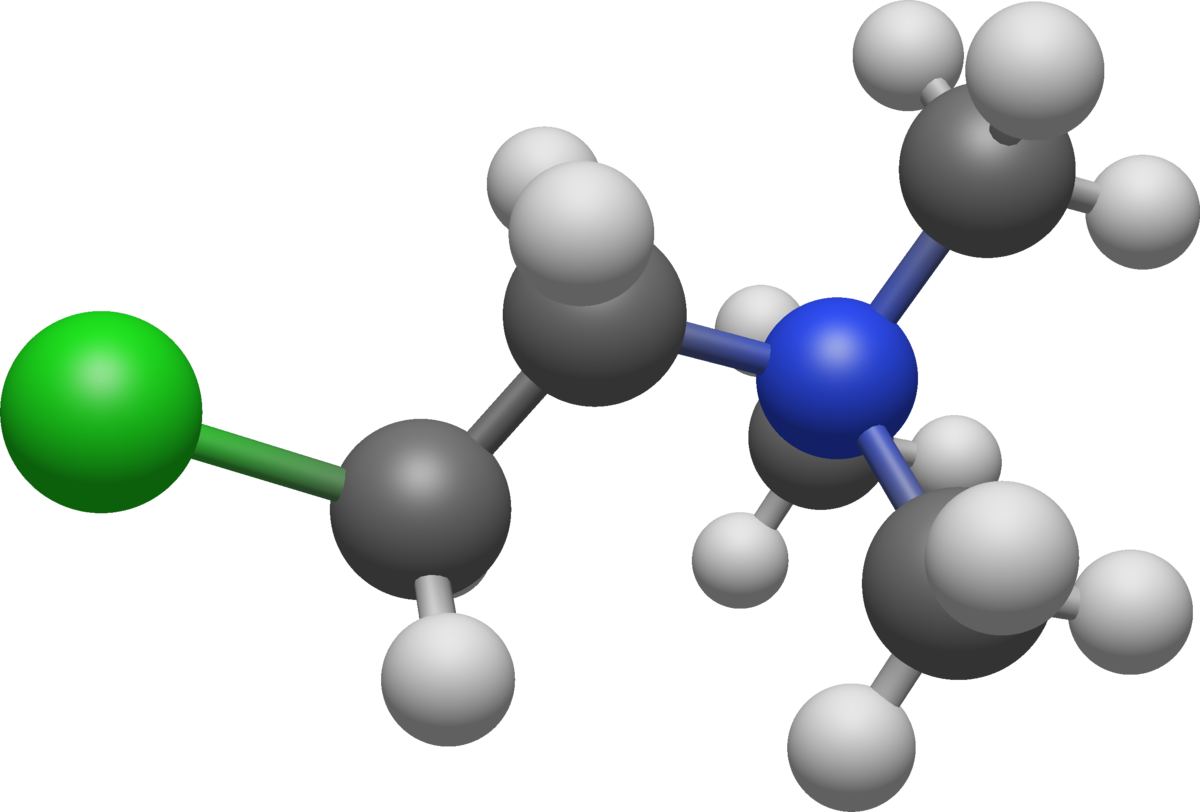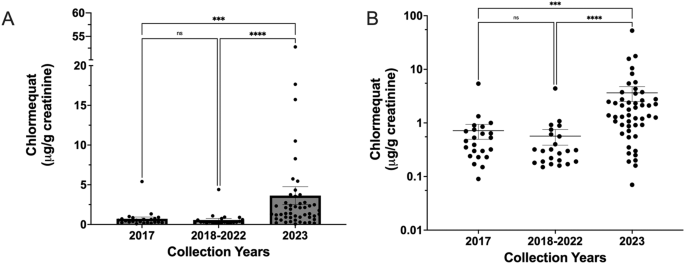Study finds chlormequat in Cheerios and Quaker products: What to know about the pesticide
I had not heard of chlormequat before, but apparently, 4 out of 5 Americans have traces of it in their system.

 en.wikipedia.org
en.wikipedia.org
Sometimes I wonder, considering the rise of various forms of insanity in this country, how much of it is chemically-induced?
I can understand how it happens, at least considering how an infestation of bugs can destroy entire crops. So finding ways of killing the bugs makes sense, but the chemicals they use apparently lead to other problems.
I always sort of liked Cheerios, too. Oh well.
I had not heard of chlormequat before, but apparently, 4 out of 5 Americans have traces of it in their system.
Four out of five Americans likely have a lesser-known pesticide in their bodies thanks to the consumption of certain foods, according to a new study.
Published in the Journal of Exposure Science & Environmental Epidemiology on Thursday, the study found that 80% of tested Americans had the chemical chlormequat in their systems, a plant regulating agent that is currently not approved for use on edible crops in the U.S.
Imported foods treated with chlormequat are allowed to enter the country, however. According to a brief published alongside the study by the advocacy organization Environmental Working Group (EWG), the findings "ring alarm bells," as the chemical is thought to be harmful and was found in common oat and wheat-based products, including Cheerios and Quaker Oats.

Chlormequat - Wikipedia
Sometimes I wonder, considering the rise of various forms of insanity in this country, how much of it is chemically-induced?
I can understand how it happens, at least considering how an infestation of bugs can destroy entire crops. So finding ways of killing the bugs makes sense, but the chemicals they use apparently lead to other problems.
I always sort of liked Cheerios, too. Oh well.

